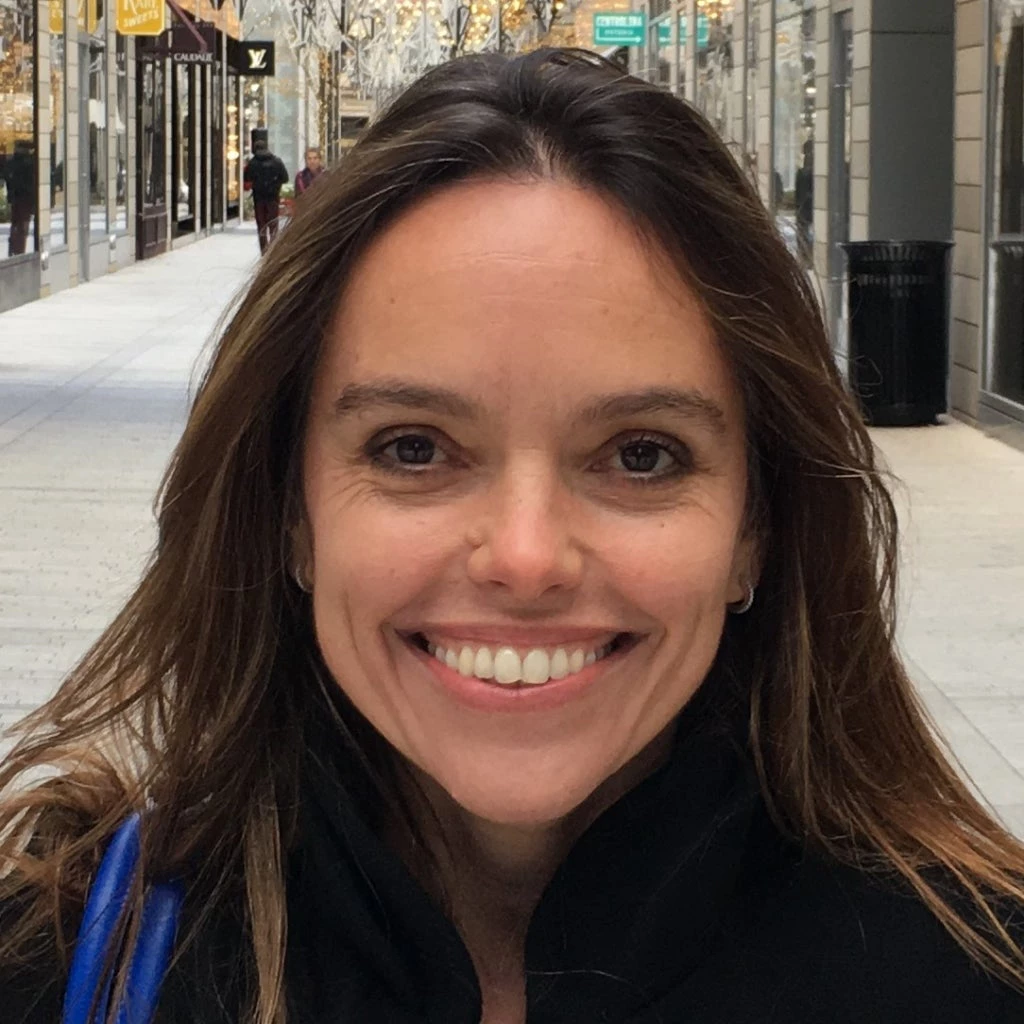Today is World Refugee Day, a day for us all to remember how many people are moved or displaced from their homes—either within their own country or across borders.
The UN High Commissioner for Refugees (UNHCR) just announced that there were 22.5 million refugees and 40 million displaced internally due to conflicts last year, as well as many more forced to move due to natural disasters.
Forced displacement is a crisis centered in developing countries, which host 89% of refugees and 99% of internally displaced persons. Watch a video below and learn how the crisis affects the displaced and their host communities alike around the world.
South Asia
Afghanistan is a country of 34 million people. About ¾ of the country’s population has been displaced at some point over the past four decades.
Middle East and North Africa
With a number of conflict-affected countries in the region, the Middle East and North Africa (MENA) is facing a huge displacement challenge: In 2015, over 19 million displaced people existed in the region—5 million were refugees, and 14 million were internally displaced (UNHCR 2015).
Forced displacement is also largely an urban phenomenon—at least 80% of displaced people in the MENA region move to urban centers, compared to 60% worldwide.
Sub-Saharan Africa
A number of countries in Africa have been hosting refugees for many years—in some cases, even decades. For example, Ethiopia and Kenya each host over half a million refugees. In Uganda, the refugee population more than doubled to about 1 million in 2016, with outbreaks of civil conflict in South Sudan.
Host communities
Refugee presence is usually in the most marginal areas of the host countries. The host communities themselves can often be even worse off in many ways than the refugee communities themselves. If we want to eliminate extreme poverty, then we urgently need to support—besides the displaced themselves—the host communities in managing the burden of care for refugees.
The challenge is enormous, but solutions exist. A World Bank report titled Forcibly Displaced examines the scope of the challenge, emphasizes the need to support host communities, and suggests a development approach to help the displaced access jobs and services.
At the World Bank, we are also working to expand our support for the displaced and their host communities—through financing, data and analytics, and projects—in low and middle-income countries across the world. Let’s stand #WithRefugees, internally displaced people, and their host communities.
Related links:
- Brief: Forced Displacement
- More blog posts on World Refugee Day 2017
- Report: Forcibly Displaced: Toward a Development Approach Supporting Refugees, the Internally Displaced, and Their Hosts
- Opinion: Building Resilience, Rebuilding Lives with Dignity
- Feature story: Local Solutions to the Global Forced Displacement Crisis
- Topic: Road to Refuge
- Subscribe to our "Sustainable Communities" newsletter and follow us on Flipboard.






Join the Conversation